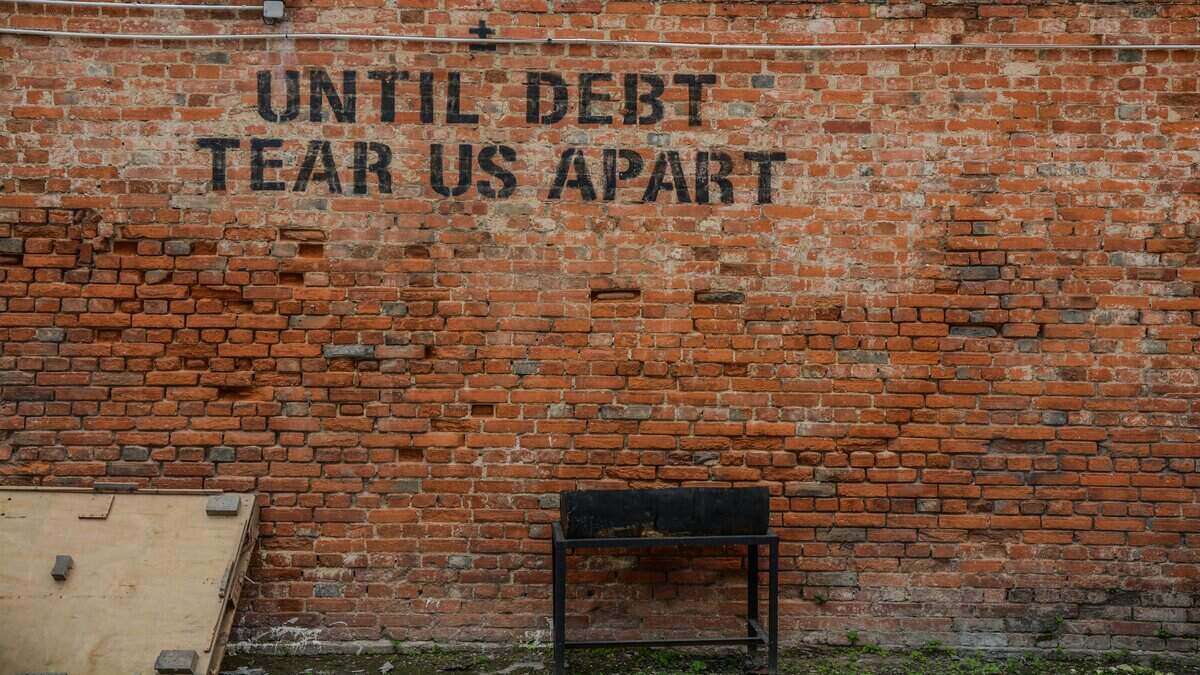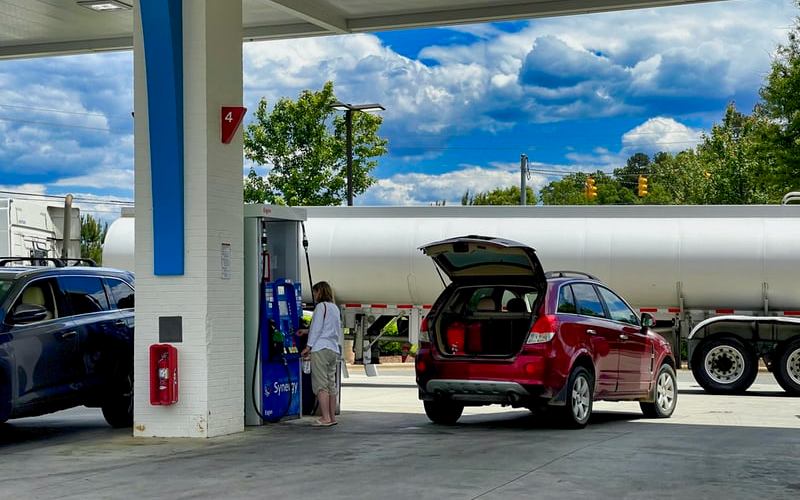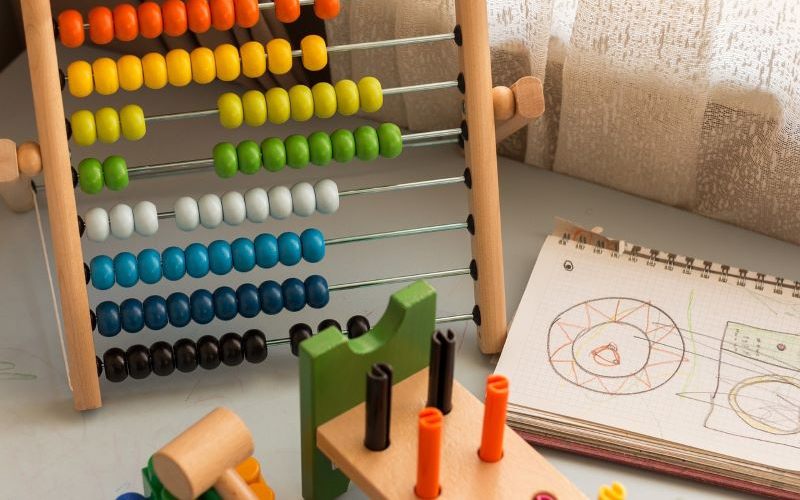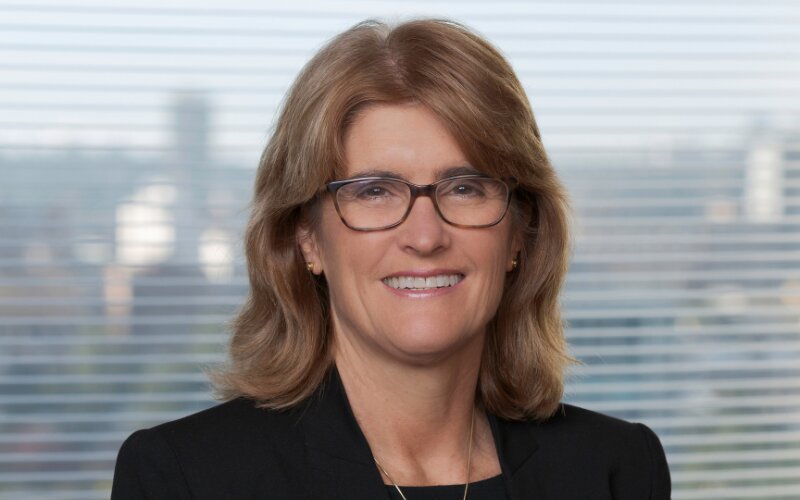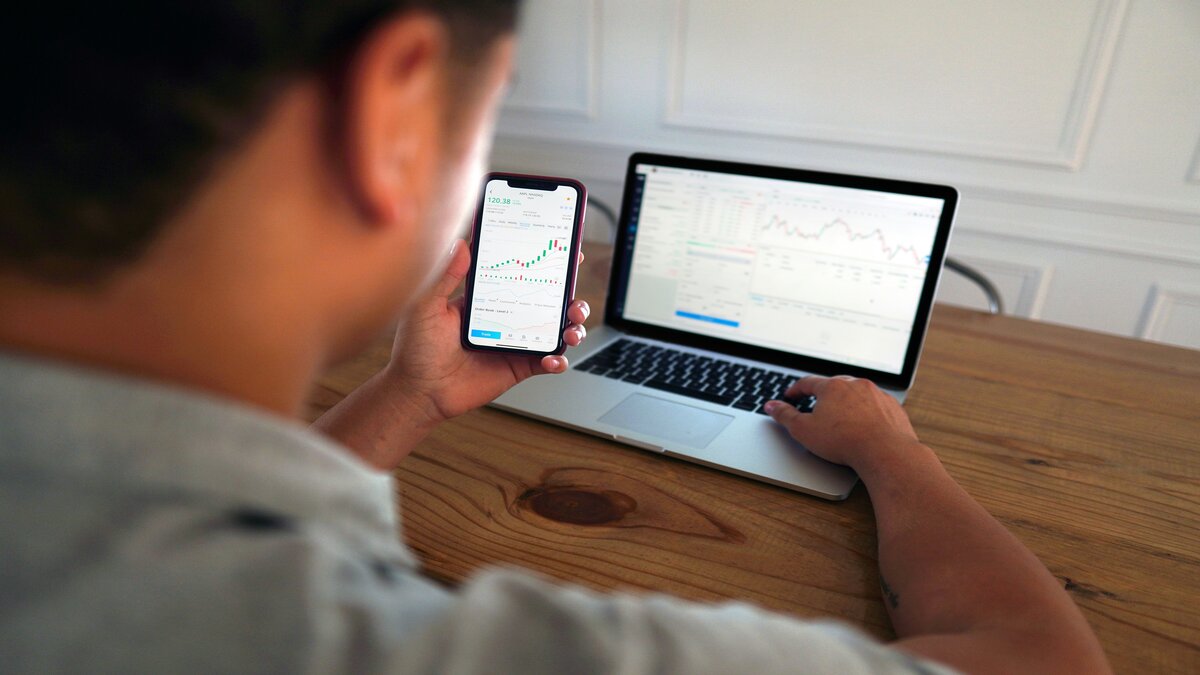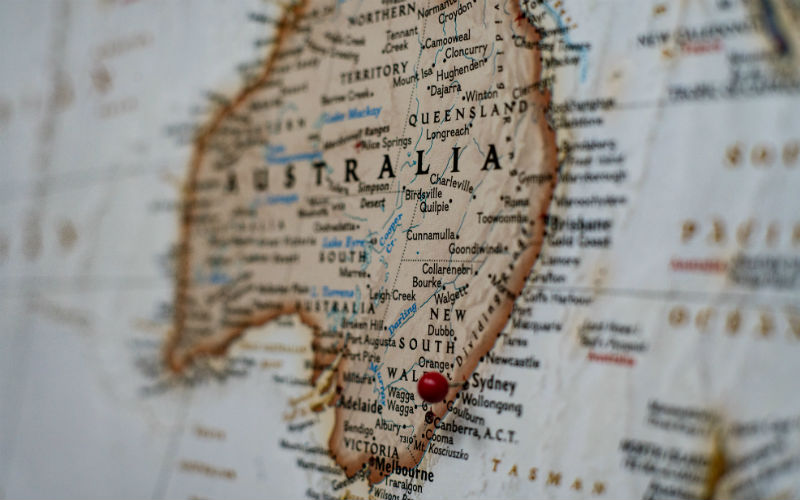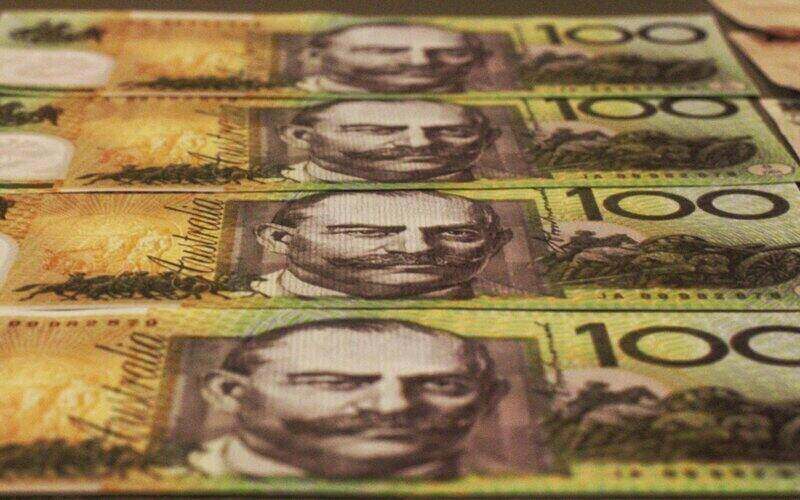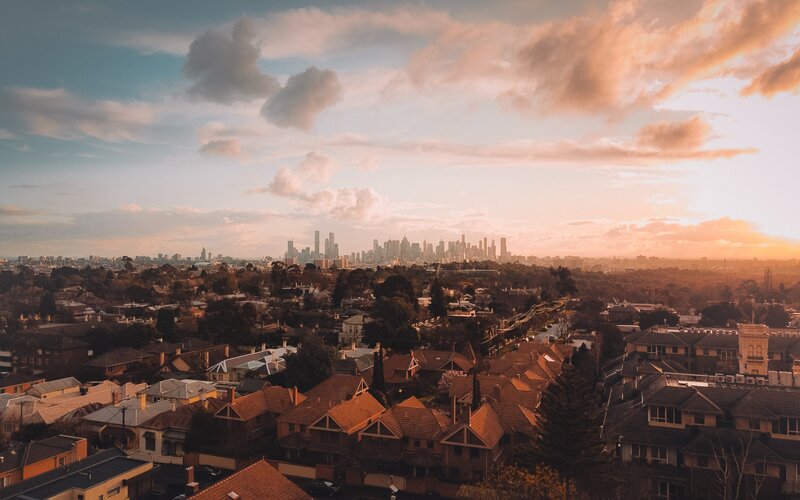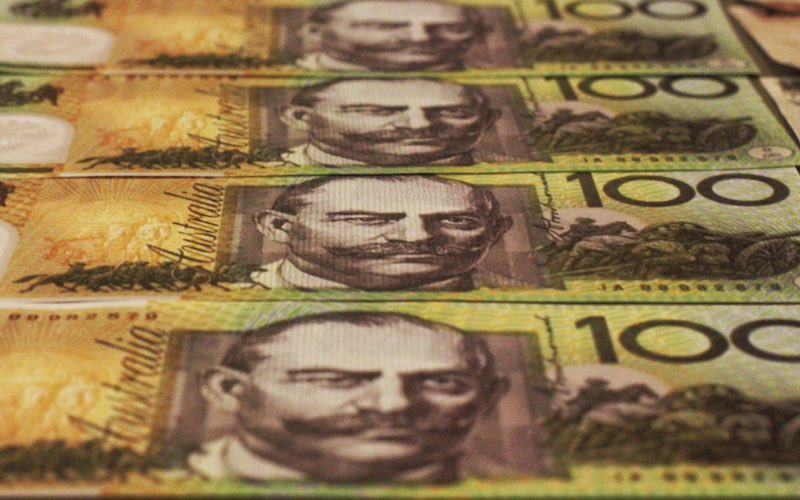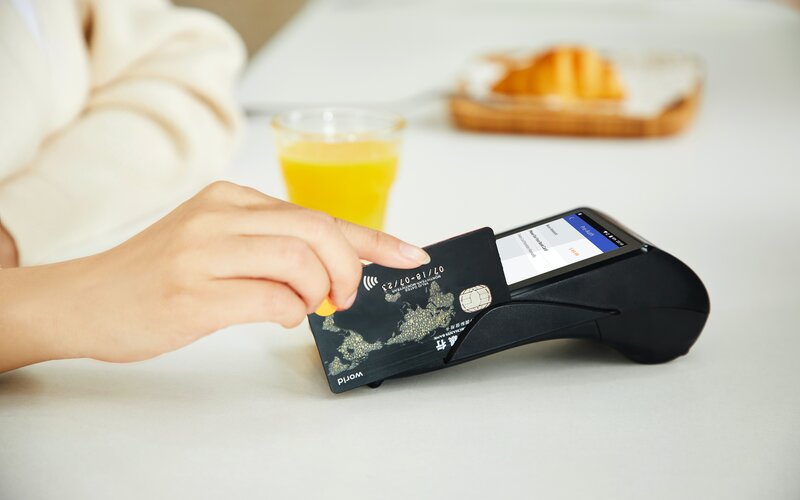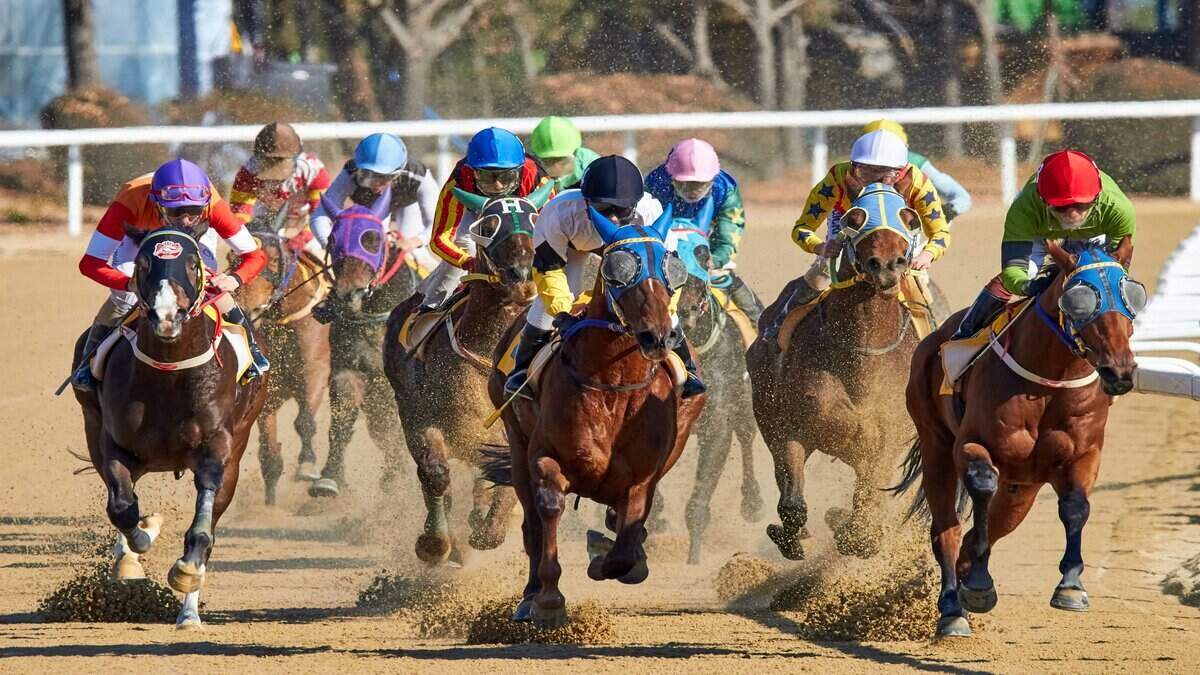It follows five consecutive months of unemployment holding steady at 4.1%.
The jump was driven by an increase of 34,000 more unemployed people, with the number of full time hours also down 1.3% compared to May.
The major banks were expecting the rate to hold at 4.1%, while in the May Statement on Monetary Policy, RBA modelling estimated the unemployment rate would rise to 4.2% by June.
The participation rate (the percentage of working-age Australians in the labour force) held at 67%, while the underemployment rate also increased to 6%.
August RBA cut locked in?
Even while most economists expected the unemployment rate to hold, the general consensus was the RBA were still likely to cut at the next meeting in August.
After the unexpected increase, an August rate cut now looks all but inevitable.
Some economists, including CommBank's Harry Ottley, think the Non-Accelerating Inflation Rate of Unemployment (the NAIRU) may now be around that 4.1% mark.
This could imply that inflation is likely to continue to moderate even if the labour market re-tightens slightly over the second half of 2025.
However, much will depend on the quarterly CPI price data - a major upside surprise could still give the RBA pause before cutting.
The Q2 CPI is set for release on 30 July, less than a fortnight before the August monetary policy decision.
Since the announcement from the ABS, the ASX 200 has gained about 20 points, suggesting investors are increasingly banking on lower interest rates.
Recession fears resurfacing?
In April and May, at the height of the tariff drama, inflation temporarily became much less of a buzzword as concerns shifted to the economy potentially nosediving.
RBA Governor Michele Bullock said in the May decision to cut that the "balance of probabilities" had shifted, with the potential risk of a slowdown or even recession beginning to outweigh the odds of inflation picking back up.
Since then, these concerns have eased, and the decision from the RBA to hold in July reinforced the cautious approach it will take toward cutting rates.
After this surprise jump in unemployment there might once again be a few faint alarm bells ringing once again.
It's worth pointing out though that while 4.3% is the highest the unemployment rate has been since 2021 (in seasonally adjusted terms), it is still relatively low.
From June 2015 until mid 2021, the Australian unemployment rate was consistently well above 5%, so there will still need to be a major surge in job losses for the labour situation to be truly alarming.
Picture by Jeriden Villegas on Unsplash

Ready, Set, Buy!
Learn everything you need to know about buying property – from choosing the right property and home loan, to the purchasing process, tips to save money and more!
With bonus Q&A sheet and Crossword!
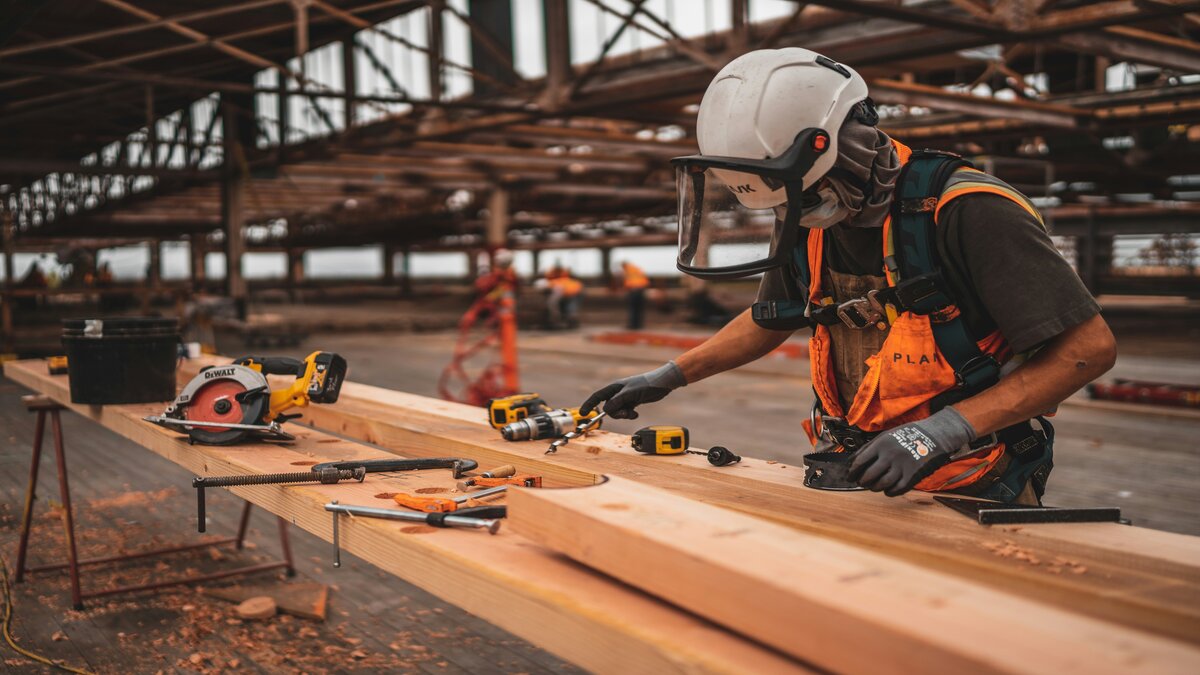


 Harry O'Sullivan
Harry O'Sullivan
